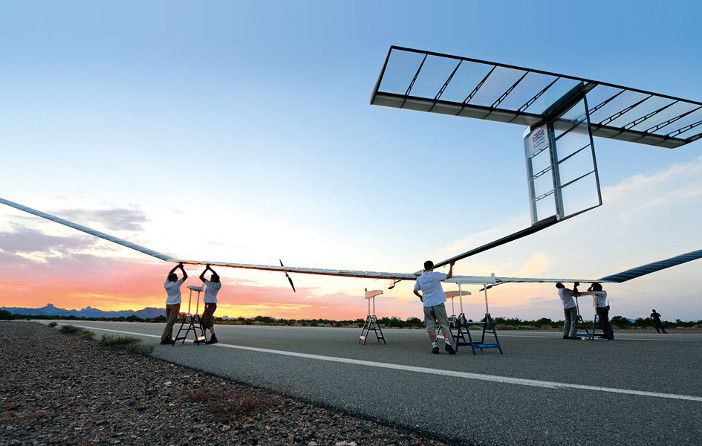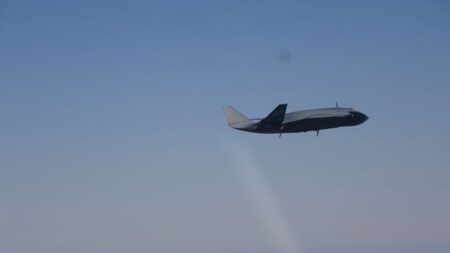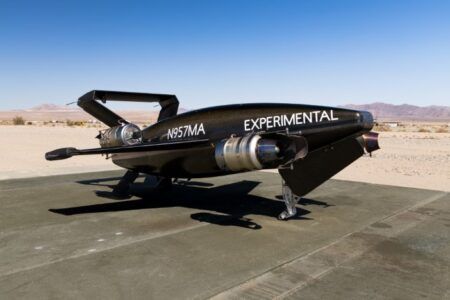The Zephyr S persistent high-altitude drone has completed around half of its maiden flight and is on track to break the world record for the longest flight of an unrefueled, unmanned aerial vehicle.
The Zephyr S is a solar-electric drone that flies in Earth’s stratosphere to provide communications and surveillance capabilities. Originally developed by UK-based defence company Qinetiq in 2003, Airbus took the program on in 2013 and now calls the Zephyr a High Altitude Pseudo Satellite (HAPS).
The update on the Zephyr’s test program was made at this years’ Farnborough Airshow, five days into the Zephyr’s first flight. The drone has to stay in the air for 15 days to break the world record for continuous flight, which has been held by a prototype version of Zephyr since July 2010 and stands at just over 14 days.
Dirk Hoke, CEO of Airbus Defence and Space, said, “We are confident of this happening. The Zephyr S is demonstrably years ahead of any other comparable system.
“These are the final stages of proof-of-concept toward industrial production. We are taking the next step with satellites. We have made significant progress on the batteries and we are optimistic that this year is an important move forward for this technology.”
The European aircraft maker also used the airshow to announce that it has opened the first Zephyr factory, in Farnborough in the UK.
The engineering test flight of the Zephyr S is being conducted in Arizona, USA, before trials scheduled later this year with the UK’s Ministry of Defence (MoD). From September this year, testing of the Zephyr will be conducted from a new Airbus base at Wyndham airfield in Western Australia.
Jana Rosenmann, head of Airbus’s Unmanned Aerial Systems program, said, “We are trying to prove and demonstrate the capabilities of the vehicles. We are focussed on altitude. It is important for Zephyr to fly in the stratosphere so it is above air traffic and adverse weather.
“The second aspect is proving the endurance. We think the design can do 100 days. The data we are getting from the tests so far is extremely positive.”
Altitude is also needed to ensure the Zephyr’s solar panels can recharge so it can fly during the night.
The drone is currently equipped with cameras but has been designed to use different payloads. Potential civil applications for the Zephyr include remote sensing, such as providing imagery and live video streaming and the provision of broadband internet connectivity.
For defence, the Zephyr can be fitted out to provide a “connectivity backbone” for military operations and could also be used for surveillance activities, said Airbus. “It’s fine to be flying but we also need to offer a capability as well,” said Rosenmann.
Airbus is developing two versions of the drone. The Zephyr S is configured with a single tail, while the Zephyr T will be able to carry a heavier payload.
The maximum altitude the previous Zephyr prototype achieved at dawn, after the drone had been running on its batteries, was 40,000ft. The maximum altitude so far achieved during the current maiden flight is 59,000ft, said Sophie Thomas, head of the Zephyr program at Airbus, which provides proof of the power management improvements achieved.
Thomas said, “Work has focused on how the battery maintains its lifecycle beyond a couple of days. If you have to keep changing the battery you don’t have a business case. The battery management system has to enable the drone to stay in the air at night. The heating challenges have been taken into consideration and how we wrap the batteries has proved important.
“The model in the air is robust enough to be used industrially. The performance from the maiden flight is so good we should be able to make it even easier to manufacture.”





